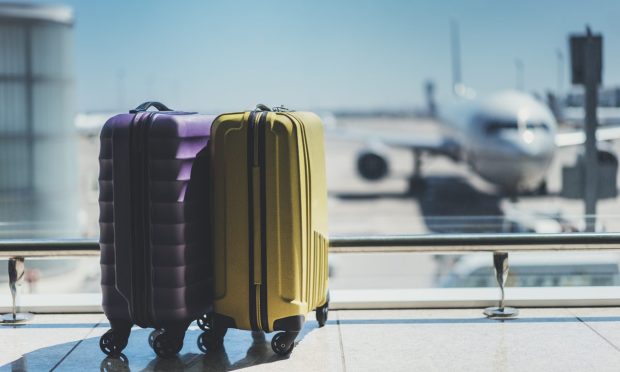Travel Sector Eyes Expansion as New Brands, Services Take Flight

Will we go, or won’t we? That’s the question travel brands from airlines to hotels keep asking as COVID variants wreak havoc with booking behavior. But blue skies are starting to show.
Converging data points are indicating that pent-up travel demand hinted at in spot recoveries during 2021 is ready to unleash big-time on this year as travelers and travel firms shake off two years of troubles with a mostly vaccinated public and new safety protocols now in place.
Taxiing for takeoff is the $2.9 billion merger of Frontier Airlines’ and low-cost competitor Spirit Airlines into one “ultra-low fare airline” that expects to be operating as such by the second half, pending regulatory approval.
In an announcement on Monday (Feb. 7), the companies said the combined airline will expand flight schedules with a focus on smaller underserved cities and regions.
Expect more linkups among travel and hospitality firms as the sector reconstitutes and readies for what’s shaping up as the biggest travel year since 2019.
In the PYMNTS study Digital Economy Payments February 2022 U.S. Edition — U.S. Consumers And The Post-Holiday Digital Shopping Ramp-Up, a survey of over 2,600 U.S. consumers found that travel is very much on the minds of the digital-first consumer this year.
Per the study, 79% of consumers buying travel in January 2022 paid online, “significantly higher than the shares using digital channels to purchase retail, food or grocery products.”
Additionally, while credit cards were the most-used method, “perhaps more interesting is the fact that digital wallets were the second most popular payment method for such purchases,” the study found, with PayPal emerging as the most used option.
“Consumers had paid for $3.88 billion worth of travel purchases using PayPal, which is greater than all the other major digital and mobile wallets (Apple Pay, Google Pay, Samsung Pay and Venmo) combined,” the study found.
Consumers spent 33% more on average on travel in January compared to December, and “overall, consumers spent a total $23.4 billion on travel purchases.”
Get the study: Digital Economy Payments February 2022 U.S. Edition
Upbeat findings in the Digital Economy Payments February 2022 U.S. Edition study, along with developments like the Frontier/Spirit merger show that halting improvements in travel starting last summer are adding up to a greater optimism for a meaningful travel rebound in 2022.
In a Jan. 25 press release, airline trade group the International Air Transport Association (IATA) acknowledged that omicron’s winter chill crimped a recovery that was taking flight.
IATA Director General Willie Walsh said, “Overall travel demand strengthened in 2021. That trend continued into December despite travel restrictions in the face of Omicron. The challenge for 2022 is to reinforce that confidence by normalizing travel. While international travel remains far from normal in many parts of the world, there is momentum in the right direction.”
In its statement IATA said France, Switzerland and the UK are among popular international destinations easing COVID-related restrictions, expressing hope that Asia will soon follow.
Read more: Pandemic Has Made Air Travelers OK With Biometrics
Looking at the just-ended earnings season, PYMNTS reported in January added that “earnings results from major airlines show that we’re gaining ground on 2019’s pre-pandemic activity, with green shoots in business travel and the shift to cargo/freight continuing to bear fruit.”
See: Airlines’ Earnings Show Continued Gains in Cargo Business, Corporate Travel Rebound
The payments sector is readying for the recovery, with Mastercard announcing the opening of its Madrid-based Tourism Innovation Hub in January.
In a press release, Mastercard said it sees “opportunities for a robust recovery in the relatively near future. Many consumers are looking at how to spend their share of the extra US$5 trillion saved since the onset of COVID-19, and travel ranks second only to eating out as the out-of-home activity most missed during lockdowns. There has been a clear willingness to travel that has been determined by pandemic-related restrictions.”
See also: Mastercard Creates Global Tourism Innovation Hub
